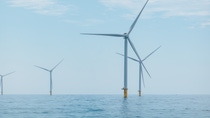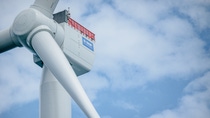BASF Renewable Energy GmbH
Projects
At BASF Renewable Energy GmbH, we are driving the energy transition by securing renewable power for BASF’s operations, thereby reducing the product carbon footprint of BASF’s chemical products. Through strategic investments and partnerships, we aim to ensure a sustainable and reliable renewable power supply for BASF’s global production sites. In the following, we present selected project examples from our global and diverse portfolio of renewable power initiatives.
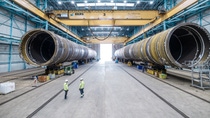
Hollandse Kust Zuid: One of the biggest offshore wind farms in the world
One of our flagship projects is Hollandse Kust Zuid (HKZ), the world’s first subsidy-free offshore wind farm. Located in the Dutch North Sea, 18 to 36 kilometers off the coast of the Netherlands, HKZ has a total capacity of 1.5 GW, generated by 139 turbines of 11 MW each. The wind farm has been fully operational since 2023, with BASF offtaking almost half of the renewable power produced. HKZ is co-owned by a joint venture of Vattenfall, Allianz, and BASF. BASF’s share of the renewable power is used to supply major BASF production sites such as Ludwigshafen in Germany and Antwerp in Belgium.
With this investment we secure significant amounts of power from renewable sources for BASF. This is a key element in our transformation towards climate neutrality.
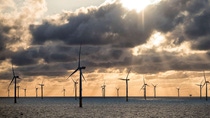
Long-term supply of offshore wind energy by Ørsted
In addition, BASF has secured renewable power through a long-term Power Purchase Agreement (PPA) with Ørsted, ensuring access to offshore wind power from the Borkum Riffgrund 3 wind farm in the German North Sea. Under this 25-year agreement, BASF has contracted 186 MW of capacity from the total 913 MW wind farm, which is expected to become fully operational in 2026. This renewable power will – among other uses – supply BASF’s flagship site in Ludwigshafen, the world’s largest integrated chemical production complex. The Ørsted PPA is a critical component of BASF’s decarbonization strategy, significantly reducing the company’s CO₂ emissions over the coming decades.
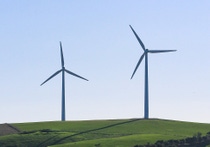
25 years of renewable power from ENGIE
BASF’s renewable power portfolio is further diversified by the long-term PPA with ENGIE, sourcing renewable power from wind and solar farms across Europe. Under this agreement, which is active since 2022, BASF receives 20.7 TWh of renewable power over a 25-year period, ensuring price stability and security of supply for key production sites in Europe. This collaboration underscores BASF’s commitment to building a sustainable and resilient renewable power infrastructure that aligns with EU climate and renewable power targets.
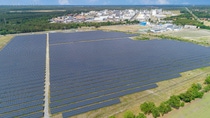%20(3).jpg)
Solar energy for BASF's site Schwarzheide
BASF has also invested in a solar park to supply renewable power to BASF’s second-largest site in Germany: Schwarzheide. This 24-hectare facility has a capacity of approximately 24 MW and has been operational since 2022. The renewable power generated by the solar park is mainly used to supply BASF’s Schwarzheide production site, which, among other activities, focuses on manufacturing battery materials for electric vehicles. The project was developed in collaboration with enviaM, a key partner in promoting renewable power solutions in the region.
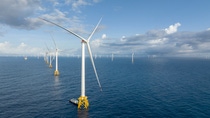
Offshore Wind Farm in the South China Sea
BASF and Mingyang Smart Energy are jointly developing a 500 MW offshore wind farm in Zhanjiang, Guangdong province, China, through their joint venture Mingyang BASF New Energy (Zhanjiang) Co., Ltd. (Mingyang: 90%, BASF: 10%). The project, approved by Chinese authorities, is set to begin operations in 2025. The majority of the renewable power will supply BASF’s Zhanjiang Verbund site, which is BASF’s third-largest Verbund site worldwide. This project supports BASF’s carbon-neutral growth strategy and contributes to the green transformation of the chemical industry in China.

Long-term PPA with X-Elio in the U.S.
In the United States, BASF has entered into a long-term PPA with X-Elio, a global leader in solar power. Under this agreement, BASF will procure 48 MW of renewable power from X-Elio’s Texas facility. The renewable power will primarily be used to supply BASF’s Freeport site, one of the company’s largest production facilities in North America. This collaboration is part of BASF’s broader commitment to achieving net-zero emissions by 2050 while reducing its environmental footprint in the U.S. market.


